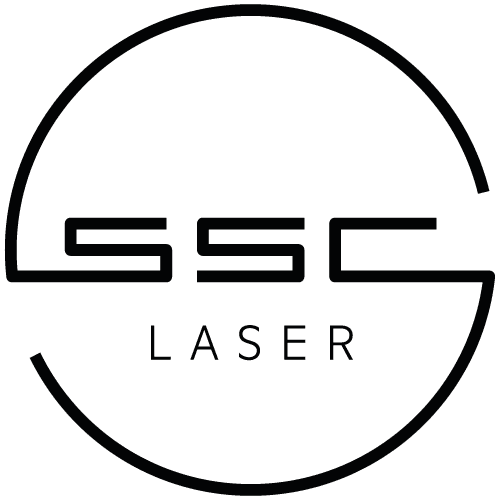If you’re planning to outsource metal cutting to a laser specialist (like us!), getting the job done right starts before the laser even fires. Whether you're new to laser cutting or refining an existing process, preparing your order properly can save you time, money, and headaches.
Here are five essential things to know before placing your fiber laser cutting order.
1. Have the Right File Format Ready
To get the most accurate and efficient results from our fiber laser cutting service, it’s important to provide the right file type. At SSC Laser, we accept:
-
DXF (.dxf)
-
DWG (.dwg)
-
STEP (.step or .stp) – ideal for 3D parts or formed components
-
PDF (.pdf) – perfect for quotes or dimensioned drawings
Vector-based files like DXF and DWG are ideal for direct cutting. PDFs are also fully acceptable, especially when they’re clearly laid out and include all necessary measurements. STEP files help us work with 3D models when needed.
🔴 Avoid sending raster image formats like JPEG (.jpg) or PNG (.png) for cutting jobs — these are not suitable for production as they lack scale and vector data.
💡 No drawing? No problem. If you don’t have a digital file, we can reverse engineer your physical part using our in-house team and tools. Learn more about our CAD service here
✅ Pro Tip: Unsure if your file is ready for production? Just send it over — we’ll take a look and let you know the best next steps.

2. Know Your Material Type and Thickness
Different materials cut at different speeds and power levels. Fiber lasers excel at cutting metals like:
-
Stainless steel
-
Mild steel
-
Aluminium
-
Brass
-
Copper (with certain settings)
When placing your order, clearly state:
-
The type of material
-
The grade (e.g., 304 stainless)
-
The thickness (in mm or gauge)
This ensures accurate quoting and prevents delays due to material compatibility issues.
3. Tolerances and Edge Quality Matter
One of the advantages of fiber laser cutting is high precision — often within ±0.1 mm. But don’t assume your laser cutter knows your exact needs.
If your project requires tight tolerances or smooth, burr-free edges, make that clear when submitting your request. It may affect cutting speed, machine settings, or post-processing needs.

4. Batch Size and Quantity Can Affect Lead Time
Whether you need 5 parts or 5,000, lead time and pricing can vary significantly. High-volume orders might benefit from:
-
Nesting optimizations to reduce material waste
-
Bulk discounts
-
Batch processing for faster turnaround
On the flip side, small prototype runs may have setup fees or minimum charges. Always confirm if there's a minimum order quantity (MOQ) before finalizing your design.
5. Add Finishing Requirements Upfront
Do you need deburring, powder coating, or forming after the cutting is complete?
Fiber laser cutting often serves as just one step in a broader fabrication process. Be clear about:
-
Post-processing requirements
-
Assembly needs
-
Delivery or packaging instructions
This allows your supplier (hopefully us!) to provide a more accurate quote and streamline the entire process. While you could use multiple suppliers for different stages, SSC Laser offers a full-service solution — cutting, processing, and finishing — all under one roof. That means no time wasted sourcing extra vendors or transporting parts between facilities. We handle it all, so you don’t have to.

Final Thoughts
A well-prepared laser cutting order helps you avoid delays, ensures consistent quality, and keeps your project moving forward. At SSC Laser, we’re here to help every step of the way — from design file prep to final delivery.
Need help getting your file ready or want a fast quote?
Contact us today — our team is ready to assist.




